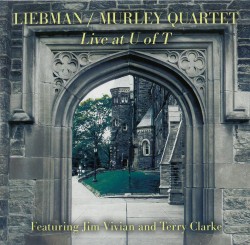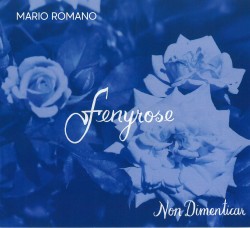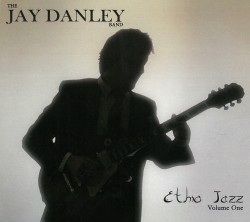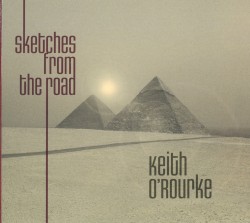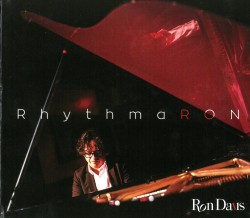Murphy - Carn Davidson 9
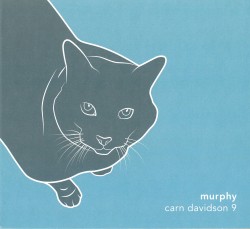 Murphy
Murphy
Carn Davidson 9
Independent CD9-002 (taradavidson.ca; williamcarn.com)
The new recording from multi-reed player Tara Davidson and trombonist William Carn is not only named after their venerable cat, but is also a shining example of what fine jazz composition, arranging and performance should be. Co-produced by Davidson and Carn, the ensemble is loaded with jazz talent, including Davidson on alto and soprano sax, flute and clarinet; Kelly Jefferson on alto and soprano sax and clarinet; Perry White on baritone sax and bass clarinet; Kevin Turcotte and Jason Logue on trumpet and flugelhorn; William Carn on trombone; Alex Duncan on bass trombone; Andrew Downing on bass; Ernesto Cervini on drums and special guest, award-winning and luminous jazz vocalist Emilie-Claire Barlow on Carn’s tune, Glassman (arranged by Geoff Young).
All compositions on this project were written by Carn and Davidson, and they have collaborated on the skilled arrangements with other fine musician/composers (Cervini, Downing, Logue, Andy Ballantyne and Geoff Young). First up is Carn’s composition Try Again (arranged by Cervini). Rife with tricky contrapuntal horn lines and percussive drum work, this track swings with a distinctive quintessential bop viguor. Groovy, extended solos by White on baritone sax and Carn on trombone sail in and around Downing’s powerful and insistent bass lines. One of the most interesting songs on this recording is Downing’s arrangement of Davidson’s composition, Family Portrait. Gorgeous, lyrical and melancholy, Downing makes brilliant use of space and warm chord structures.
Other impressive tracks include Carn’s Glassman – Barlow’s sumptuous voice acts as an instrument here, moving in seamless musical symmetry with the others – and the joyous closer, Murphy! (written by Carn and arranged by Ballantyne), featuring buoyant solos from both Carn and Davidson.


